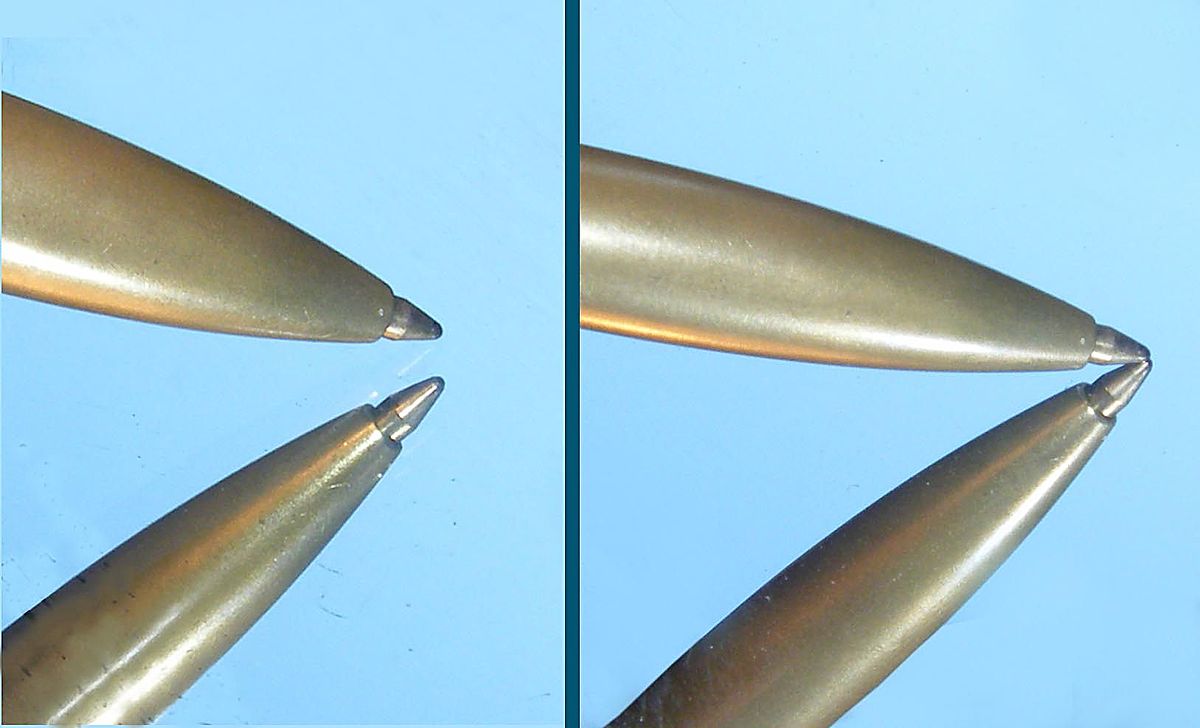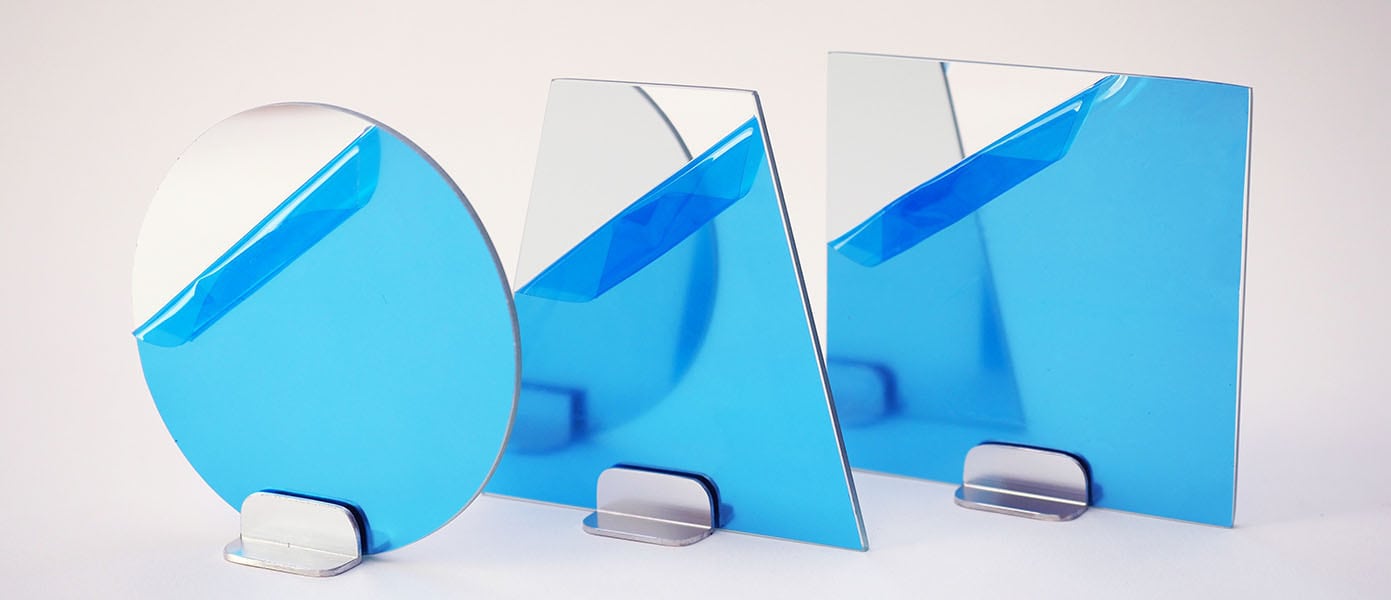Contents

Source: Wikipedia
The Advantages of First Surface Mirrors in Optics
Introduction to First Surface Mirrors
First surface mirrors, also known as front surface mirrors, differ from traditional mirrors by having their reflective coating on the front surface rather than the back surface of the substrate. This unique design offers various advantages in optical applications.
Advantages of First Surface Mirrors
- Enhanced Reflectivity: The reflected light does not pass through the mirror substrate, leading to improved reflectivity, especially in low-loss reflection bands such as the infrared spectrum.
- Wavefront Distortion: Front surface mirrors eliminate wavefront distortions caused by substrate imperfections, requiring only a flat surface for optimal performance.
- Avoidance of Ghost Images: In imaging applications, first surface mirrors prevent the formation of ghost images that can occur with second surface mirrors.
- Reduced Chromatic Dispersion: Front surface mirrors minimize chromatic dispersion, particularly for normal light incidence, enhancing optical performance in various applications.
Applications of First Surface Mirrors
First surface mirrors are commonly used in:
- Laser systems, especially for CO2 lasers
- Imaging applications to eliminate ghost images
- Broadband mirrors for spectroscopy
Protected and Enhanced Mirrors
To address the sensitivity of front surface mirrors, protective coatings are often applied to enhance durability and reflectivity. These coatings, typically made of dielectric materials like silica or silicon nitride, protect the metal layer from oxidation and scratches.
Examples of Enhanced Mirrors
- Protected Aluminum Mirrors: Affordable mirrors for visible and near-IR spectra with protective coatings like silicon monoxide.
- UV-Enhanced Aluminum Mirrors: High reflectivity for ultraviolet light with a dielectric multilayer coating.
- IR-Enhanced Gold Mirrors: High reflectivity in the near to mid-infrared range, up to 20 μm.
- Ultrafast-Enhanced Silver Mirrors: Very high reflectivity and low chromatic dispersion for titanium-sapphire lasers.
Conclusion
First surface mirrors offer significant advantages in optics, making them essential for various applications where high reflectivity, minimal distortion, and reduced chromatic dispersion are crucial. By utilizing protective and enhanced coatings, the sensitivity of front surface mirrors can be mitigated, ensuring long-lasting performance in diverse optical systems.

Source: firstsurfacemirror.com
Feel free to comment your thoughts.



